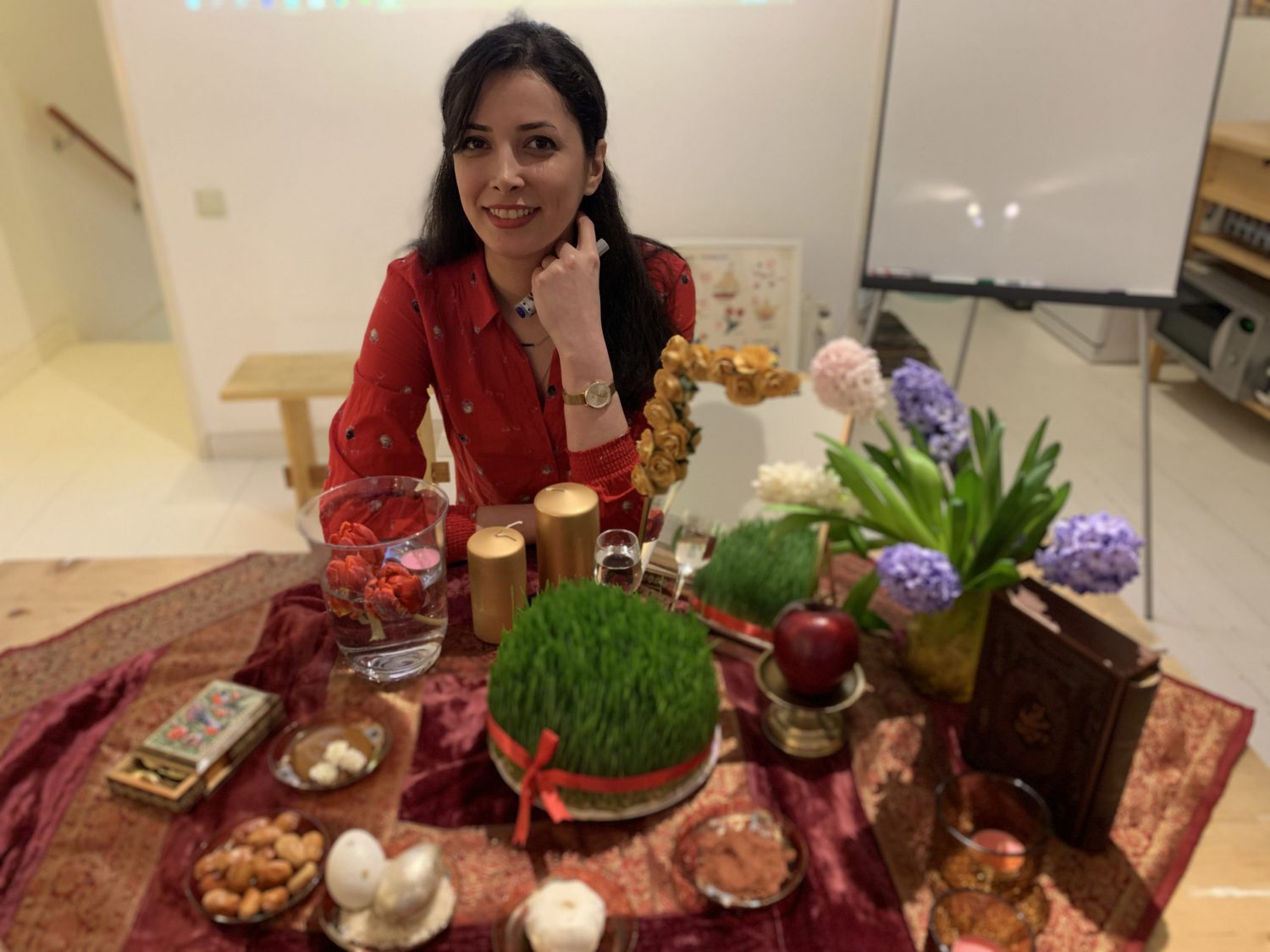Have you ever seen a group of Iranians in a restaurant, running to the cashier to pay for everyone at their table, begging the others to go back and sit? Or have you ever been invited by a Persian family for a meal, and after finishing your food, found a second plate full in front of you without asking for that?
This cultural behavior is called Taarof or Ta’arof. Maybe something similar is part of your culture as well, but in Iran it’s part of everyday life and an intrinsic part of most interactions. The word Taarof is believed to come from the importance of good thoughts, good deeds, and good words in the Zoroastrian religion.
Its original roots are Arabic though: it means ‘mutual recognition’. In Farsi, Taarof has various meanings. One of them is ‘compliment(s), ceremony, offer, gift, flummery, courtesy, flattery, formality, good manners, soft tongue, honeyed phrases, respect.’ As a verb, ‘taarof kardan’ (to do Taarof) means ‘to use compliments, to stand upon ceremony, to make a present of, to speak with courtesy, to use honeyed phrases (soft tongue)’.
During interaction, Taarof can lead to mutual understanding as well as confusion. The examples below might help you understand this cultural behavior better.
An example of Taarof in England
English lady: Do you want a cup of coffee?
Persian lady: Oh, please don’t trouble yourself on my account.
And while the Persian lady actually would have loved a cup of coffee, the English lady doesn’t renew her offer. She makes herself a nice steaming cup of coffee on that damp English day, drinks it while they chat.
An example of Taarof in Iran
Customer: How much is this carpet?
Shopkeeper: Qabeli nadare (“It’s not worthy of you”, i.e. “You can have it for free”).
This shows good manners and respect for the customer and sets a positive rapport among the customer and the salesman. However, at the same time the customer is in an awkward position of feeling less able to bargain in order to buy cheaper – the salesman doesn’t really want to give it away for free, but then what?
This was a very short introduction to some aspects of Taarof. For further reading we recommend the following articles. And of course you’ll learn all about Taarof in our Persian lessons!
Koutlaki, S. (1997). The Persian system of politeness and the Persian folk concept of face, with some reference to EFL teaching to Iranian native speakers (Doctoral dissertation, Cardiff University).
Mahdavi, A. (2013). An examination of use of taarof in Iranian Americans. Alliant International University.
Sharifian, F. (2007). L1 cultural conceptualisations in L2 learning. Applied cultural linguistics: Implications for second language learning and intercultural communication. Amsterdam/Philadelphia: John Benjamins.

